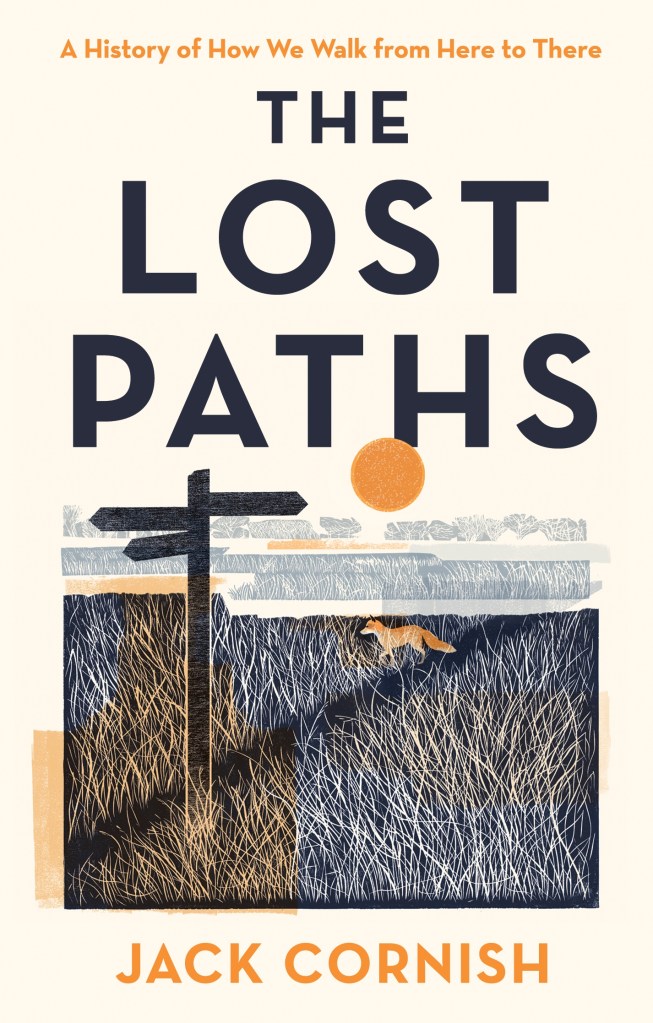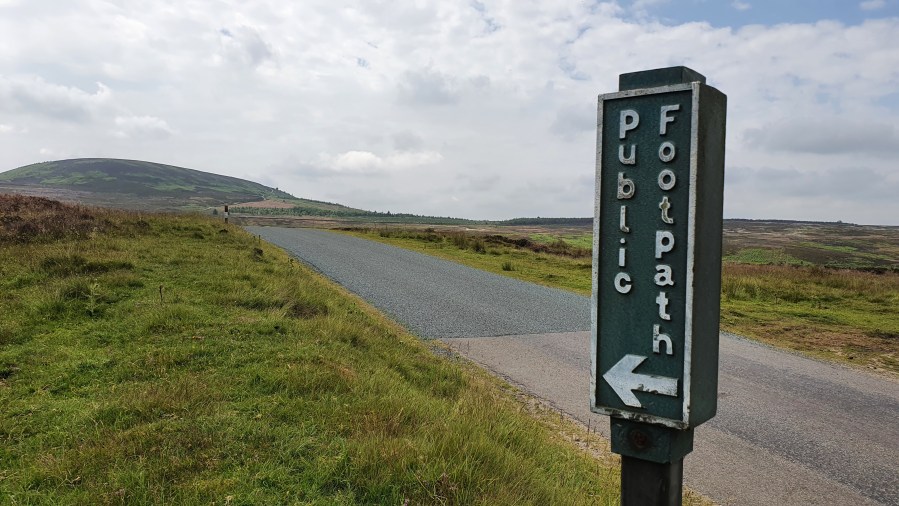From the holloways carved into our landscape by our four-legged predecessors to the jaggers’ cloughs and coffin routes used by rural communities for centuries, via salt ways and mining routes, Jack Cornish tells a vibrant tale of the lost paths we ramblers can bring back to life.
Have you ever found yourself walking a high ridgeway, your thoughts meandering only to be stopped in their tracks by a singular idea – the question of how on earth this particular path came to be? Who – or what – walked it first? Why did they come this way? Where were they going? How has this path remained in our collective explorations now that our high places are those largely of leisure, enabling us to follow in these ancient footsteps?
Main image: An old drove road through the North York Moors | Credit: Jack Cornish
If you’re now nodding with recognition, you will revel in the new book by Jack Cornish, head of paths at the Ramblers. Musings on the animal kingdom and prehistory set the scene, Jack’s writing teeming with empathy and intellect. But his storytelling shines as he digs out the histories of this ancient network microscopic intensity. The Lost Paths is so jam-packed with factlets, that they often spill over into footnotes.

We get glimpses into Jack’s own rambles as the narrative jumps from place to place – from the old slate mines of Dinorwig to the pilgrims’ paths of North Devon – in a linear timeline suiting the historical approach. We don’t follow directly in his footsteps, as you might expect from someone who’s walked from Land’s End to John O’Groats, and is ten years into an attempt to walk every street in London. Jack is a font of personal experience with zero ego and an easy tone of voice even when tackling more tedious historical texts. His is a quiet and unassuming ode to pathways.
Yet, this book is no superficial walk in the park. There are almost 50,000 miles of paths in England and Wales that could be lost forever by the government-imposed deadline of 2031. For a multitude of reasons – as explained in The Lost Paths which date further back than WW2 when signposts were removed for fear of invasion – these public highways have not been recorded. Unless they are uncovered and brought back to life, public rights over them will then be lost forever.
Time and again, Jack documents how greed of the few has impacted the freedom of the many – from the turnpike trusts imposing tolls to the Enclosure Acts – also lamenting the pathways we may lose due to climate factors we’ve let spiral beyond control, such as the Somerset Levels.

A quarryman’s path in Eryri/Snowdonia, North Wales. Credit: Jack Cornish
But this is a hopeful book. After chapters describing the blockading and exploitation of the countryside, Jack shares a call to arms for better access to our land. He celebrates the Bolton Clarion Choir who trespassed on Winter Hill, and many more who have fought for public access at places like Latrigg, Kinder, Dartmoor, and beyond.
Like these folks, there is something we can do to save the pathways beneath our feet. The Lost Paths proves that doing the work to protect and preserve paths is hard, yes, but deeply rewarding. You’ll discover a world of history, culture and humanity. With this knowledge, I suspect I’ll never suffer an uninspiring walk again.
The Lost Paths: A History of How We Walk From Here To There is published by Michael Joseph (£20, hardback).
When contributors to The Great Outdoors aren’t out walking, some like to relax with a good book. Read their outdoor book reviews and discover your next adventurous bedtime story.








